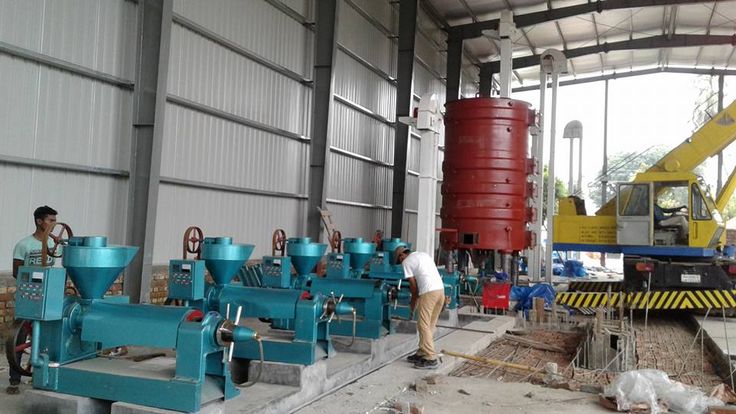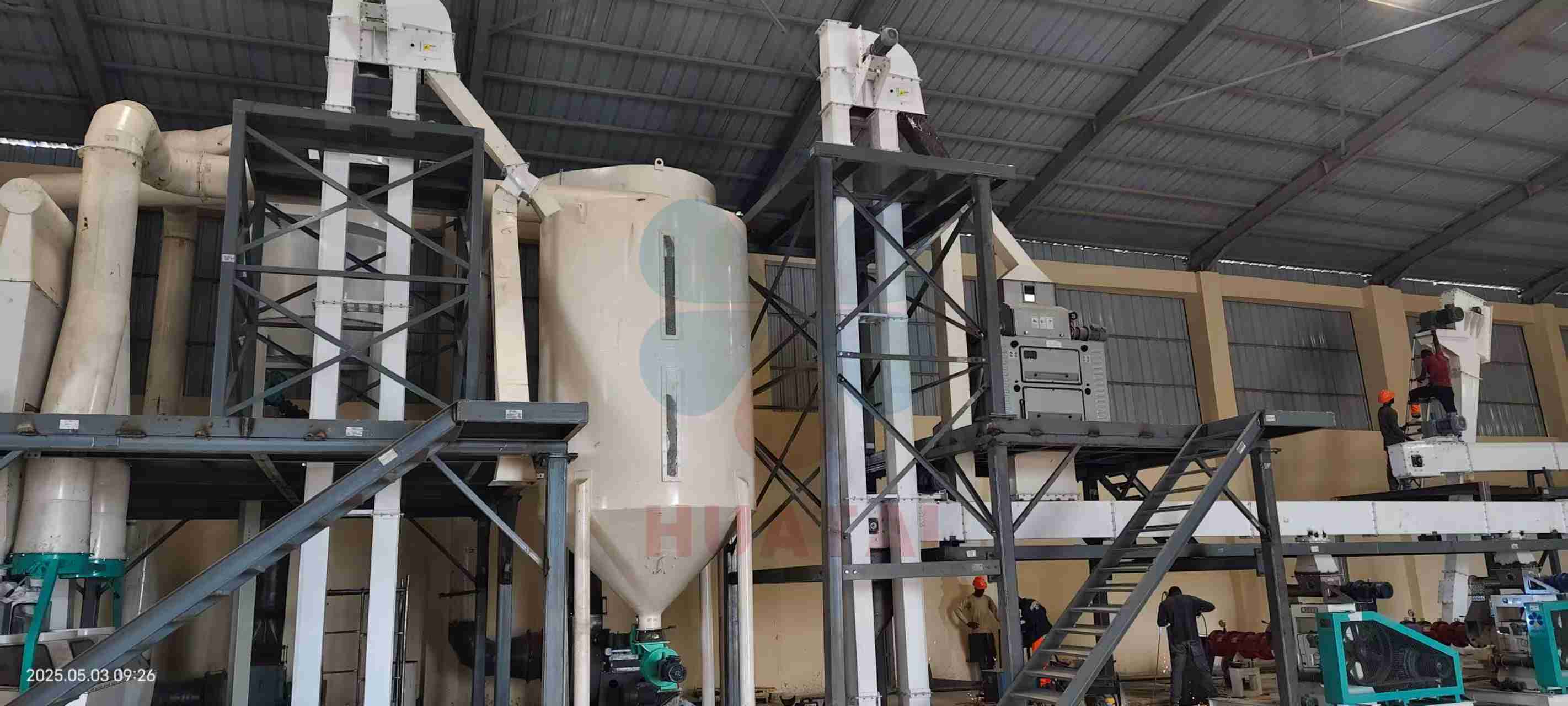Soybean oil is one of the most produced vegetable oils globally and can be categorized into pressed soybean oil and extracted soybean oil based on the processing method. The pressing method better retains nutritional components but has a relatively lower oil yield, while the extraction method, although yielding less oil, produces more by-products such as soybean protein and animal feed.
Purchased soybeans contain various impurities like soil, stones, and metal. These are removed using methods such as screening, air classification, and magnetic separation to ensure purity, protect equipment, and lay a foundation for subsequent processing.
The cleaned soybeans are crushed into small, uniform particles. This process increases the surface area of the beans, facilitating the subsequent softening and flaking steps and making the oil easier to extract.

The crushed soybean particles are conditioned with heat and moisture. This softens their structure, enhances plasticity, and prepares them for flaking. The temperature is typically controlled between 60°C and 70°C for about 30 to 60 minutes.
The softened material is passed through flaking rollers to create thin flakes (typically 0.2-0.3 mm thick). This step further disrupts the cellular structure of the soybeans, liberating the oil within and significantly improving extraction efficiency.
The flakes are cooked with live steam and heat. This critical step causes protein denaturation, fully disrupts oil cells, adjusts moisture content, and coagulates proteins, which greatly impacts both the quality and yield of the final oil.
The cooked flakes are fed into a mechanical press (screw press). Pressure is applied to physically squeeze out the oil, producing crude oil and a solid residue known as cake, which is often used as animal feed or for further solvent extraction.
The cake from pressing may undergo solvent extraction (commonly using hexane) to dissolve and recover nearly all remaining oil. The solvent is then evaporated and recovered, leaving behind crude oil and defatted meal, a valuable by-product high in protein.

The obtained crude oil contains impurities like gums, free fatty acids, pigments, and odors. Refining, a multi-stage process including degumming, neutralization (deacidification), bleaching, and deodorization, is essential to remove these components, resulting in a stable, high-quality, and edible oil.
The entire production process involves multiple critical steps, each requiring precise control of parameters to ensure final product quality and yield. Selecting equipment from manufacturers with strong technical expertise is crucial for a safe, stable, and reliable operation.
Huatai Oil Machinery provides good quality oil mill plant, time & fast delivery, perfect after-sale services, and reasonable price, contact us!
Website: https://www.huataioilmachine.com/Copyright @ Henan Huatai Cereals And Oils Machinery Co.,Ltd.
Contact us now